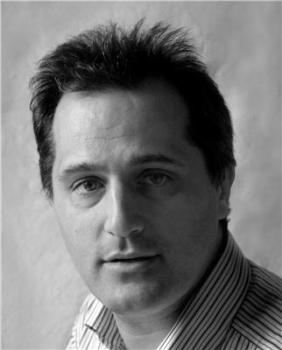Mar 25 2015
New technologies could soon bring more effective ways of harvesting solar power. That is the case with small size concentrated solar power, or CSP. It is a relatively new technology compared to the more mature photovoltaic technology, which is a “big boy, well grown and muscular” in the words of Francesco Orioli, Director at Soltigua, located near Cesena, Italy. His company produces energy generation systems capable of concentrating solar power.
 Foto Francesco Orioli Soltigua
Foto Francesco Orioli Soltigua
The company is also a partner in BRICKER, a project supported by the EU, which aims at reducing energy consumption of existing public buildings, using cutting-edge technology. In this interview with BRICKER, Orioli explains the challenges ahead for implementing prototypes of these new types of solar collectors in showcase sites in Aydin, Turkey and in Cáceres, Spain.
Can you explain how concentrated solar power technology works?
Our parabolic concentrators are solar collectors. They are made of parabolic mirrors that track the sun, constantly concentrating the solar radiation in the focus point of its parabolic section. Then, the solar power heats up the thermal oil contained in a tube positioned at the focus point of the parabola. As a result, the oil is heated up to high temperatures, ranging between 200 and 250 °C. Subsequently, this hot thermal oil is used to feed a turbine—produced by another partner—that generates electricity. This kind of collaboration has been of huge importance for us, as we are developing solutions that must work in a complex system and could be part of a public tender process.
What have been the main challenges?
From technical point of view, we had to tune our collectors in order to make thermal oil work in the best and most convenient way with the turbine. We are developing collectors that can heat the thermal oil up to 280°C. But that does not directly mean this is the ideal temperature. We had to work to find the best balance. At the same time the two installations, in Turkey and Spain, are different. In one case, they are on the roof of the building, in the other, on the ground. But we are not making the foundations of the system ourselves. That means that we have to understand the kind of forces that are present, due to the exposure to the wind, before deciding who was building them.
Why have public buildings been chosen as focus of research?
Public sector is considered as a model for society. That is why a serious energy saving policy must start off of public buildings as an example. Moreover, the project consortium is working on buildings that are currently in use. This means that we are facing real-life energetic problems in an actual hospital and school setting. It is worth remembering that in Europe a very small part of the buildings are brand new. The vast majority of buildings have been built in the past. The variety of solution we are studying are opportunities to have a real impact on energy consumption.
Could the technology be adapted elsewhere?
We have succeeded in designing and producing easy-to-install solar collectors. This means it opens the door to implementing it in a wider range of settings, such as for example on rooftops or near public buildings. For us, in particular, a very important aspect is the prototyping phase both on the product side and on the shipping and installation side. The latter is a crucial point if we want to scale up and make these solutions widely available.